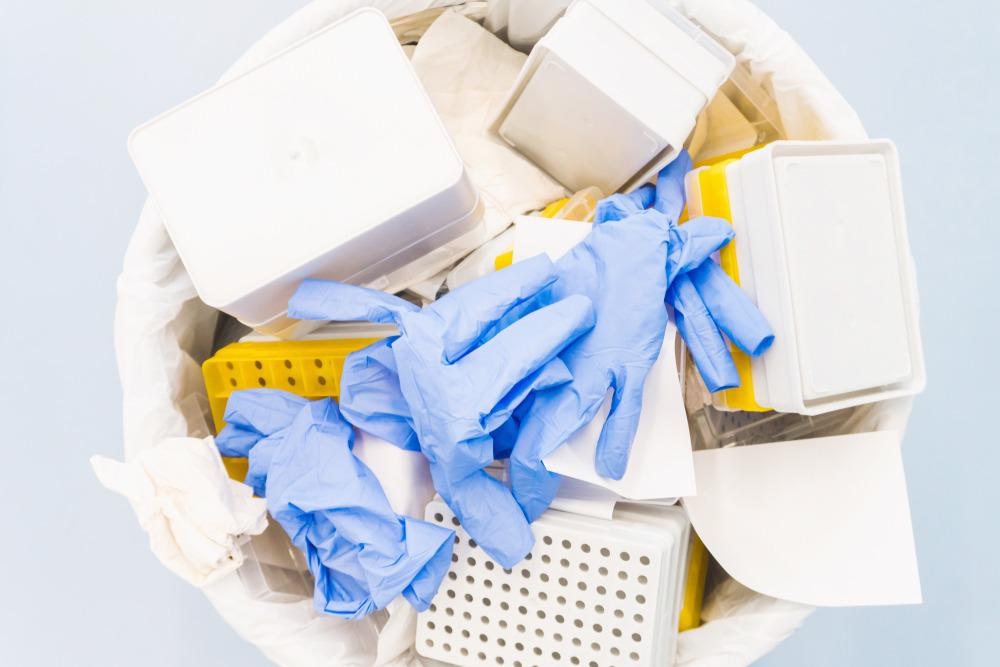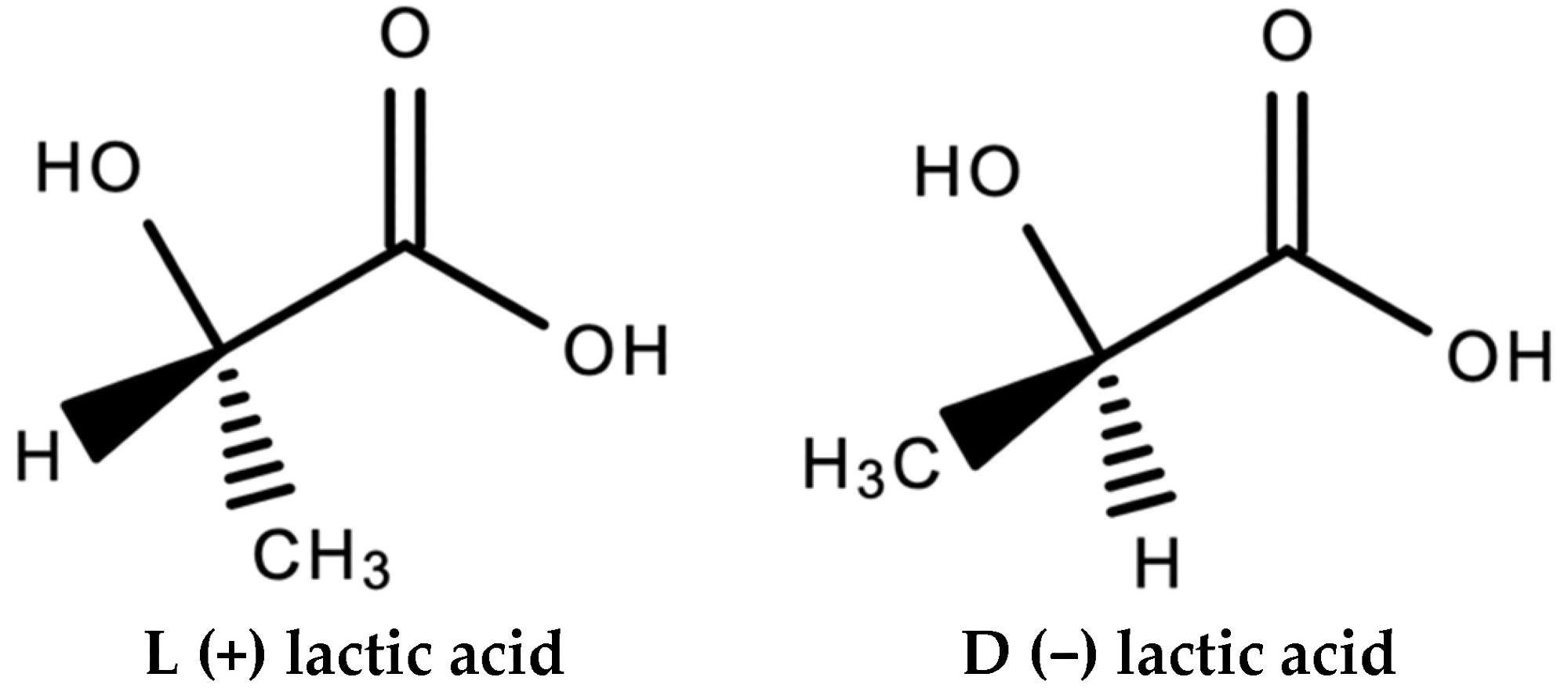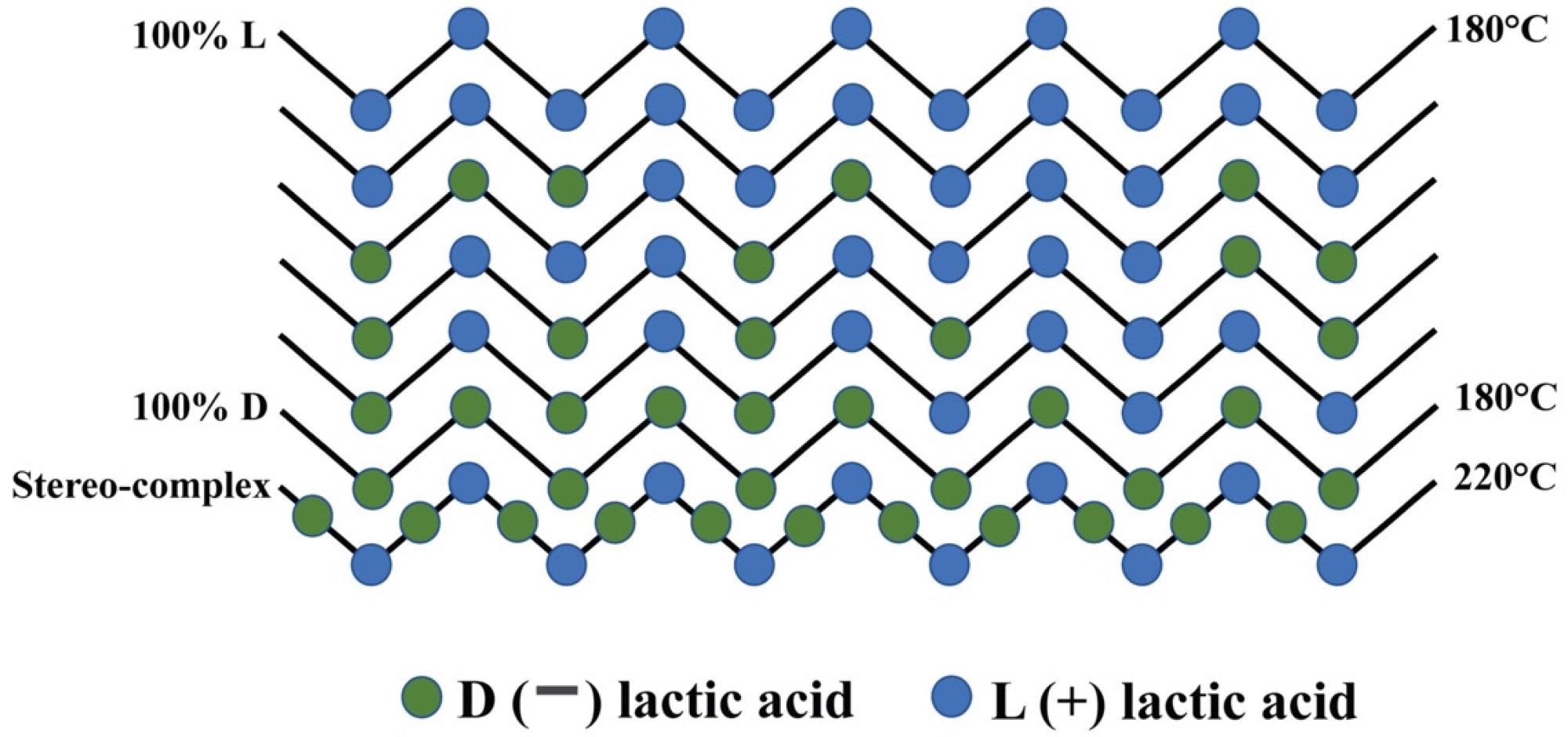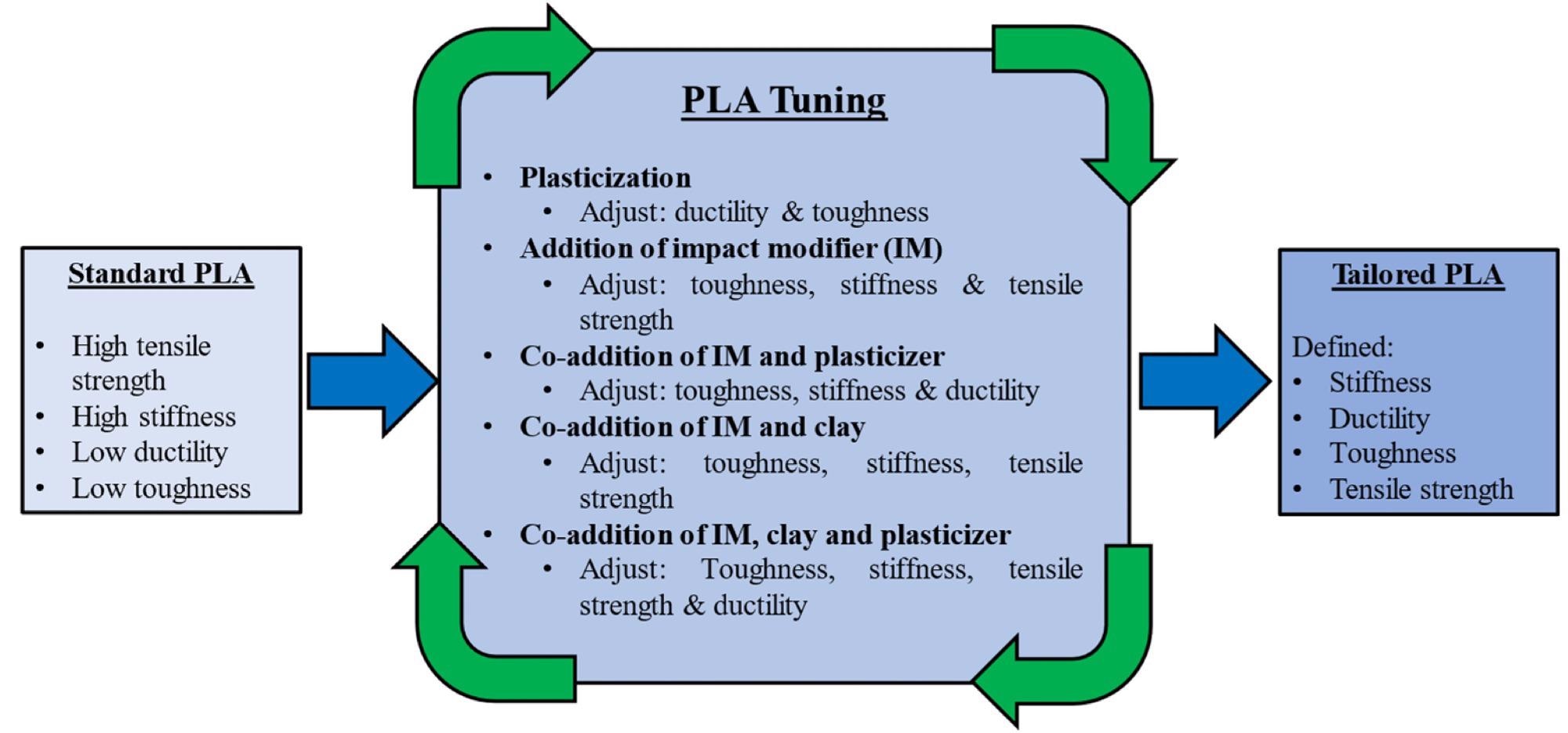 By Surbhi JainReviewed by Susha Cheriyedath, M.Sc.Apr 22 2022
By Surbhi JainReviewed by Susha Cheriyedath, M.Sc.Apr 22 2022In a review recently published in the open-access journal Materials, researchers examined the potential of polylactic acid as a replacement material for single-use laboratory components.

Study: A Review of Polylactic Acid as a Replacement Material for Single-Use Laboratory Components. Image Credit: Elpisterra/Shutterstock.com
Background
Polymers are organic compounds that are linked together in lengthy sequences. Synthetic polymers (plastics) have become commonplace in clothing, packaging, and other products due to their durability, low cost, and ease of manufacture. Single-use plastic equipment can be delivered pre-sterilized and discarded once contaminated, reducing the number of facilities and processes required in research labs and manufacturing plants.
However, it increases the reliance on fossil fuels and the amount of non-biodegradable garbage produced. Producing biodegradable or recyclable polymers from biomass waste materials from industry can have a number of environmental benefits, including repurposing material that would otherwise go to waste, reducing reliance on fossil fuels, and lowering the environmental impact of plastic disposal.

Stereoisomers of lactic acid. Image Credit: Freeland, B et al., Materials
About the Study
In this study, the authors discussed the production of CO2 from plastic manufacture alone, with 99% of all plastics derived from fossil fuels and those derived from renewable sources using food as feedstock in Europe. The potential use of bioplastics as a viable replacement for single-use lab consumables such as pipette tips, Petri dishes, and other items was illustrated.
The researchers looked at some of the most prevalent polymers used in labware, as well as the prospect of replacing them with bioplastics, notably polylactic acid (PLA). PLA's material qualities, as well as prospective functional enhancements, were discussed. Finally, the standards and benchmarks for the evaluation of bioplastics for labware components were elaborated.
The team provided a list of common polymers used for common objects, as well as their overall qualities. The utility of polyethylene terephthalate g copolyester (PETG), polystyrene (PS), polycarbonate (PC), and polypropylene (PP) polymers for single-use labware was illustrated.

Examples of molecular configurations of PLA obtained through combining the two lactic acids. Image Credit: Freeland, B et al., Materials
Observations
Bioplastics were reported to be typically three to four times more expensive to produce than petroleum-based equivalents. According to techno-economic study reports, production prices for PLA ranged from € 3.56/kg for a small capacity plant generating 10,624 t/yr to € 0.91/kg for a bigger production facility with a manufacturing capability of 100,000 t/yr.
Polyhydroxyalkanoates (PHA), as an alternative bioplastic, had comparable production costs ranging from € 1.1 to € 5.24 per kg. The minimum retail price of PLA was reported to be € 3/kg, which implied that large-scale manufacturing of 100,000 t/yr was necessary to develop economically viable biopolymers.
In Europe, 29 million tonnes of plastic debris were collected in 2019. It was estimated that 32% of the waste was recycled, 43% was burnt, and 25% was disposed of in landfills. According to estimates, the life sciences generated around 5.5 Mt of plastic trash every year, with the majority of it being disposed of by cremation.
1 kg of recycled PET trays used in mushroom packaging with an 85% recycled content had a carbon footprint of 1.538 kg CO2e. Renewable feedstock paths, such as corn-based biopolymers generated with conventional energy, were the most widely anticipated biopolymer option, with the potential to cut industry-wide GHG emissions by 25%, or 16 Mt CO2e/yr. The reactor had a normal working time of around 1 hour, a vacuum pressure of 4 mbar, a temperature of 210°C, and a catalyst quantity of 0.05 wt.% tin(II) octoate in the feed.

Tuning the properties of PLA with a variety of additives. Image Credit: Freeland, B et al., Materials
Conclusions
In conclusion, this study elucidated the properties of typical labware polymers including PLA, as well as the standards for plastic labware. PLA's qualities were limited in terms of temperature, brittleness, and solvent resistance; however, the blend of isomers polymerized to produce the level of crystallinity, the plastic, and the inclusion of plasticizers and other additives could all be adjusted. Although some commercial labware items were made of PLA, some research into the additive manufacturing of PLA labware was also done, and bioplastics for labware were not widely used.
It was observed that plastics have two major sustainability flaws, i.e., reliance on non-renewable, environmentally unfriendly fossil fuels as a source and production of non-degradable waste. The build-up of garbage and its penetration into land, river, and sea ecosystems was observed to be a major environmental concern. The authors emphasized that this has sparked interest in the development of long-lasting bioplastics. They also mentioned that these plastics could be made from biological waste, reducing reliance on fossil fuels while also being biodegradable.
They believe that more research is needed to determine which types of PLA or PLA-derived composites are appropriate for labware, as well as which labware items they are appropriate for.
Disclaimer: The views expressed here are those of the author expressed in their private capacity and do not necessarily represent the views of AZoM.com Limited T/A AZoNetwork the owner and operator of this website. This disclaimer forms part of the Terms and conditions of use of this website.
Source:
Freeland, B., McCarthy, E., Balakrishnan, R., et al. A Review of Polylactic Acid as a Replacement Material for Single-Use Laboratory Components. Materials 15(9) 2989 (2022). https://www.mdpi.com/1996-1944/15/9/2989